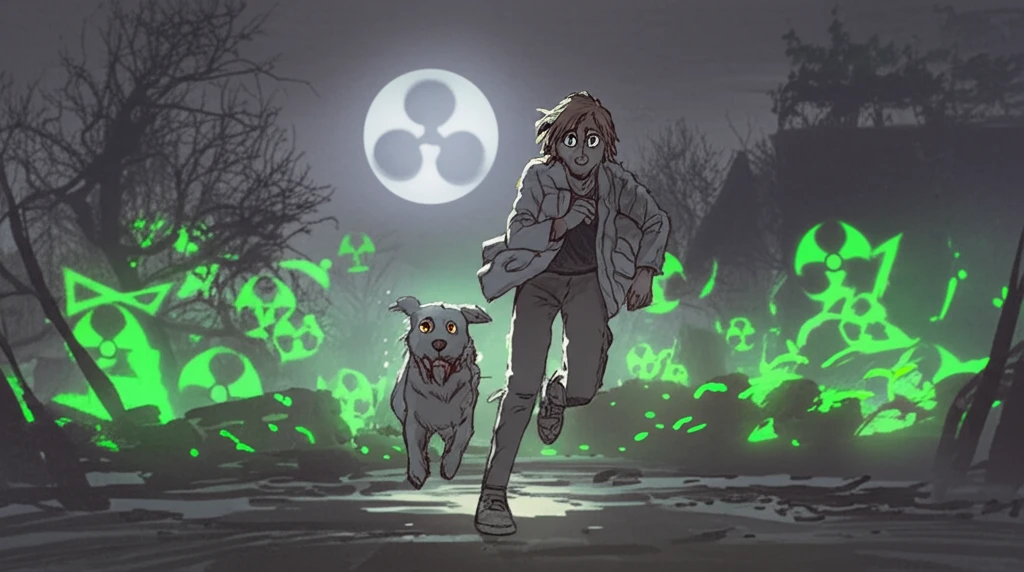
Pet Poison Patrol: Spotting and Reacting to Toxic Emergencies in Your Furry Friends
"A Comprehensive Guide to Common Pet Poisons, Symptoms, and Life-Saving First Aid"
Our pets, whether they are playful pups or curious cats, depend on us for their well-being, and this includes protecting them from hidden dangers in our homes and environments. According to the American Society for the Prevention of Cruelty to Animals (ASPCA), animal poison control centers handle hundreds of thousands of cases each year involving pets exposed to potentially toxic substances. Many more cases go unreported, making awareness and preparedness crucial.
Clinical signs of toxicity can affect virtually any bodily system, making it essential to consider toxicity as a possible cause whenever your pet exhibits signs of illness, especially when the cause is unknown. Veterinary nurses and pet owners alike play a vital role in recognizing the signs, stabilizing the animal, and getting them the necessary treatment.
This guide aims to equip you with the knowledge and skills to handle common toxic emergencies in pets, ensuring you can act swiftly and effectively to protect your furry companions. Every moment counts when dealing with poisons, so let's dive in!
General Principles of Toxicology: How Toxins Enter Your Pet's System

Toxins typically enter your pet’s body through four main routes:
- Inhalation: Breathing in toxic fumes or particles.
- Injection: Usually from venomous bites or contaminated objects.
- Topical Exposure: Contact with skin, mucous membranes, or eyes.
Act Fast, Stay Calm, and Save Lives
Dealing with potential toxicity in pets can be frightening, but with the right knowledge, you can act swiftly and effectively. Remember, prompt action can significantly improve your pet’s chances of recovery. Keep this guide handy, know the number for ASPCA APCC, and always consult your veterinarian when in doubt. Your preparedness can make all the difference!
